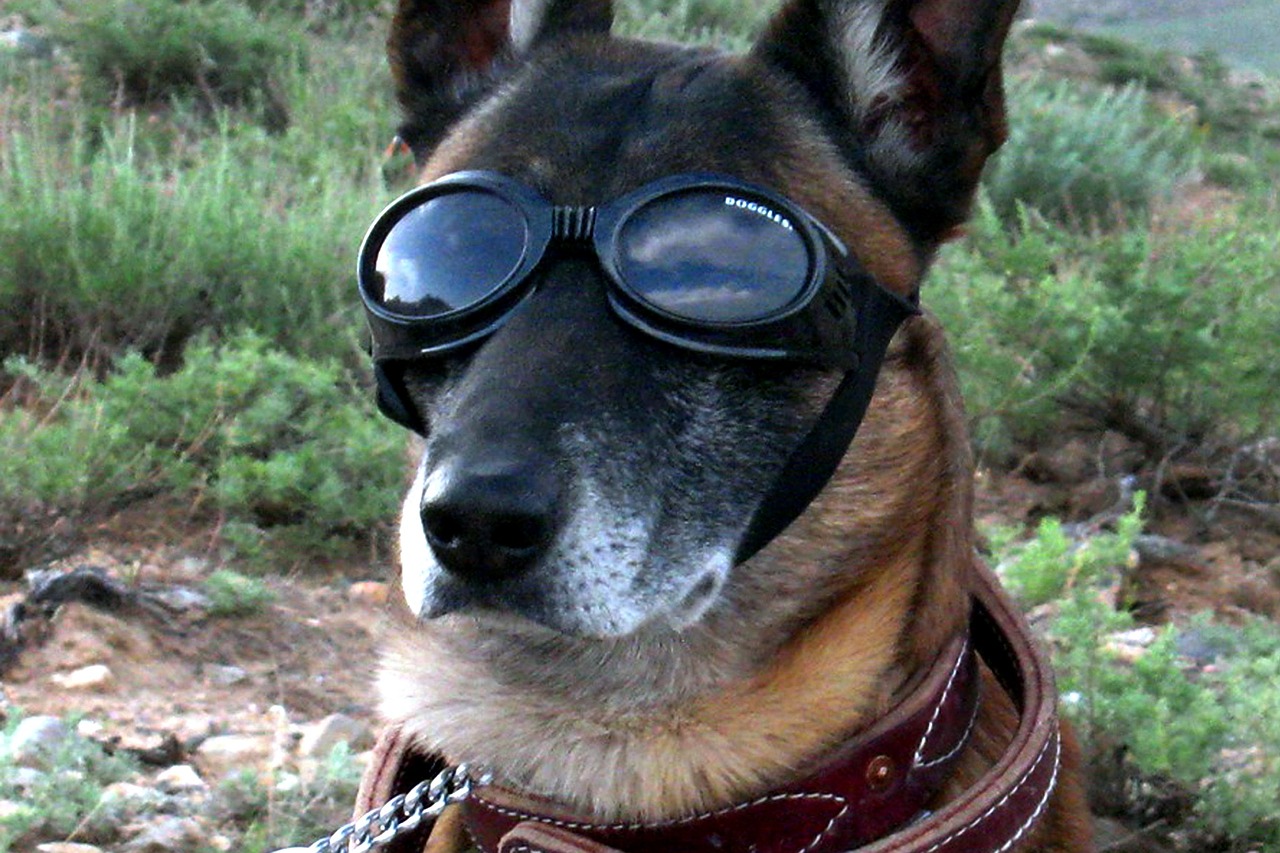
The US Army is testing augmented reality (AR) goggles for combat dogs to allow them to receive instructions from their handlers at a distance.
The AR goggles being used by the combat dogs were designed by a company called Command Sight and is managed by the US Army Research Laboratory.
While combat dogs are capable of scouting ahead for explosives and other hazards, they need to receive instructions from their handlers. The AR goggles were designed to enable the handlers to provide the dogs instructions safely out of harm's way.
Benefits of AR goggles
Currently, soldiers usually direct their dogs using hand signals or laser pointers, which actually requires them to be close enough to provide these directions. However, the US Army said this will no longer be the case once the prototype AR goggles are widely adopted.
Using the goggle, the combat dogs will be able to see a visual indicator that they can be trained to follow, directing them to a specific location. Consequently, the handler will be able to see what the dog sees using a remote video feed.
Dr. Stephen Lee, a senior scientist with the Army Research Laboratory, said: "AR will be used to provide dogs with commands and cues; it's not for the dog to interact with it like a human does."
Dr. Lee discussed how augmented reality works differently for dogs than for humans, adding: "The military working dog community is very excited about the potential of this technology."
While goggles for military dogs are not a novel idea as they are already used to protect the animals in bad conditions or for aerial drops, the addition of an augmented reality system is a new development.
Dog technology
Dr. AJ Peper, founder of Command Sight, the company behind the AR goggles, said that while the project was still in its "beginning research stages", the early results were "extremely promising".
Dr. Peper's own dog, a Rottweiler named Mater, is involved in a lot of the research being done on the technology.
Justin Bronk, research fellow at the defense think tank Royal United Services Institute, argued that although the technology might appear like an "extravagant expense", it could still be useful.
Bronk explained: "An ability to direct dogs with visual cues through augmented reality goggles without having to maintain close physical proximity has obvious tactical benefits in a variety of situations."
Command Sight has received additional funding to transform the initial leashed version of the AR goggles into a wireless version of the product, which should be far more practical.
Last year, Boston Dynamics has launched its Spot robot dog via a video featuring its capabilities. The video showed the robot dog passing through challenging terrain, picking up construction objects, moving through bad weather, and picking itself up after a fall.
The video and the product launch page also detail the dog’s other features and capabilities, including its ability to run at 1.6 meters per second, its 360-degree cameras that give it a full range of vision, its dust- and water-proof built, and capacity to operate in extreme temperatures form -20 to 45 degrees Celsius.
The company has also developed quadruped robots for the Defense Advanced Research Projects Agency and the United States Marine Corps. These robots are capable of following soldiers and carrying 400 pounds of gear. A US Army-funded robot was also created by the company, which has the ability to jump 30 feet high and will be used for reconnaissance.






